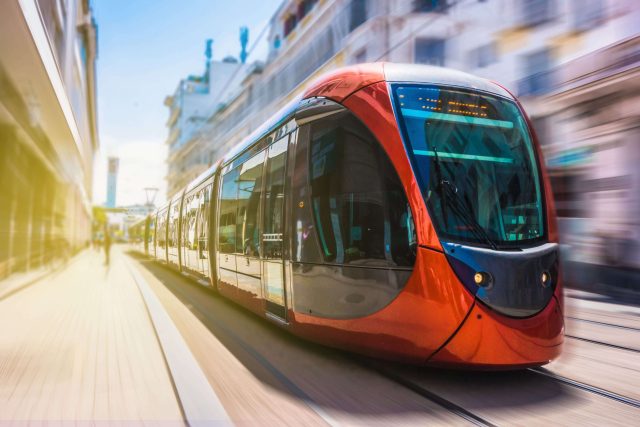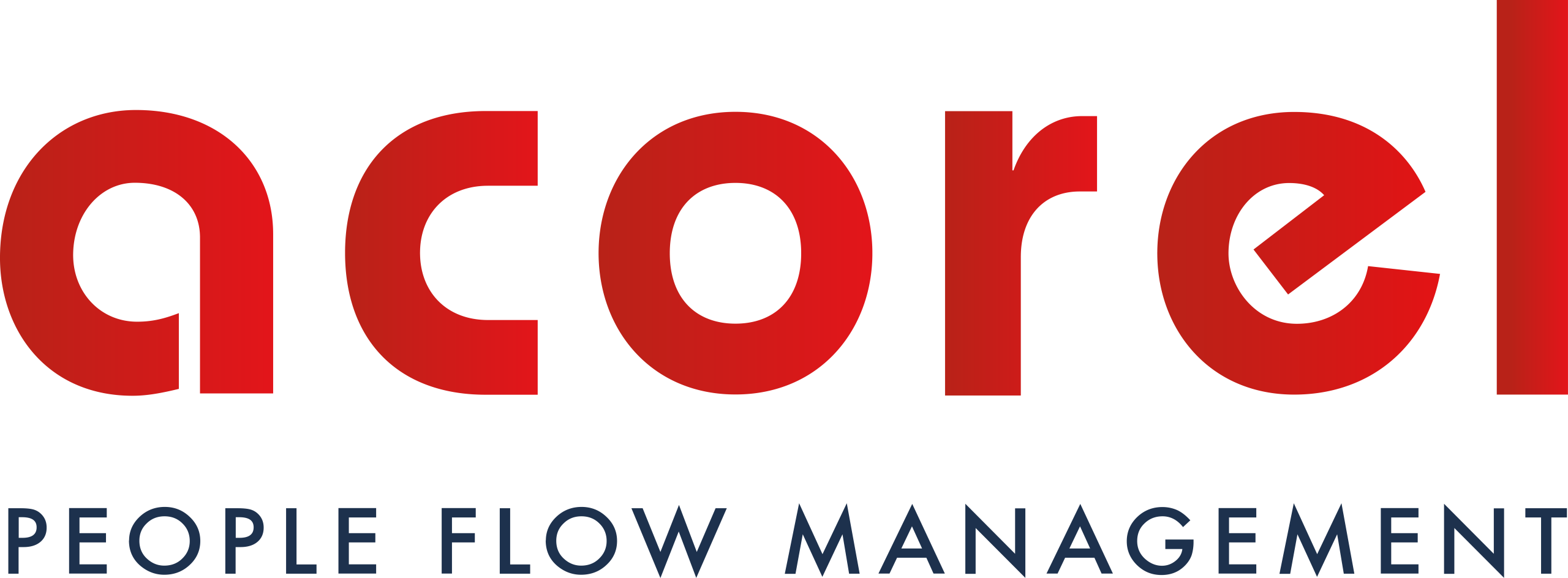In recent times, technology has been continuously reshaping various aspects of our daily lives. One of the fields that has seen remarkable advancements is public transportation. From buses and trains to subways and trams, public transportation has come a long way thanks to Artificial Intelligence (AI). AI is not just a passing trend; it’s a transformative force driving innovation that revolutionizes how we travel.
How to enhance the efficiency and safety of travel ?
Real time data analysis
One of the most significant ways AI improves public transportation is by enabling real-time data analysis. This allows for the collection and processing of extensive data from various sources such as GPS location systems, sensors, and cameras in real-time. These data points enable operators to monitor the performance of their vehicles and infrastructure and make decisions accordingly.
For instance, AI algorithms can predict congestion or delays based on historical data and current conditions. This information can be conveyed to passengers through apps or screens at stations, allowing them to adjust their travel plans. This not only reduces travel time but also minimizes the stress associated with unexpected delays.
Predictive maintenance
AI also plays a crucial role in predictive maintenance for public transportation systems. Traditional maintenance schedules are often based on time intervals or mileage, which can be inefficient and costly. AI enables transportation agencies to transition to condition-based maintenance, where maintenance tasks are performed when needed, not on a fixed schedule.

By analyzing data from sensors installed on vehicles and infrastructure, AI can predict when a component is likely to fail. This proactive approach reduces downtime, prevents costly breakdowns, and extends the lifespan of public transportation assets. It also contributes to a safer and more reliable travel experience for passengers.
Traffic management and optimization
Management systems can optimize the flow of vehicles, including buses, trams, and trains, to reduce congestion and minimize travel time. AI algorithms can adjust traffic light durations, reroute vehicles based on real-time conditions, and even synchronize schedules to create smoother intermodal connections.
Furthermore, AI can enhance public transportation operations by dynamically adjusting service frequencies based on demand. This means that during peak hours, more vehicles can be deployed, and during off-peak hours, fewer resources are allocated, saving energy and resources while maintaining service quality.

Enhanced safety and security
Safety is a top concern in public transportation, and AI significantly contributes to making travel safer. Here are some of the key ways AI enhances safety and security:
- Surveillance and Security: AI-powered cameras can monitor stations and vehicles, detecting suspicious behaviors or security threats. They can also provide valuable evidence in case of accidents or incidents.
- Driver Assistance: AI systems can assist drivers by offering features such as collision avoidance and drowsiness detection, reducing the risk of accidents.
- Emergency Response: AI can automatically detect and respond to emergencies, such as a medical event on a train or a vehicle breakdown, ensuring a quick response that could save lives.
- Cybersecurity: Public transportation systems increasingly rely on digital infrastructure. AI can help protect these systems from cyberattacks by identifying and mitigating security threats.
Personalized travel experience
AI is not only about efficiency and safety but also about enhancing the overall travel experience. Through AI-powered mobile apps, passengers can access real-time information about routes, schedules, and delays. They can also receive personalized recommendations based on their travel history and preferences.
Additionally, AI can assist passengers with disabilities by providing real-time information on accessibility facilities and predicting vehicle occupancy, allowing people with reduced mobility to plan their journeys more efficiently.
For more information click here
